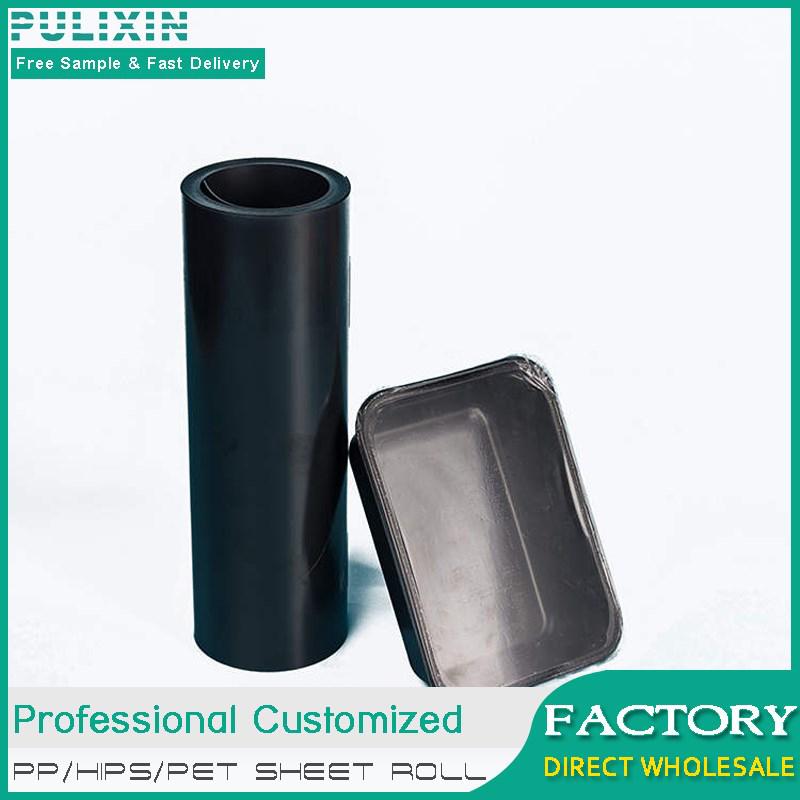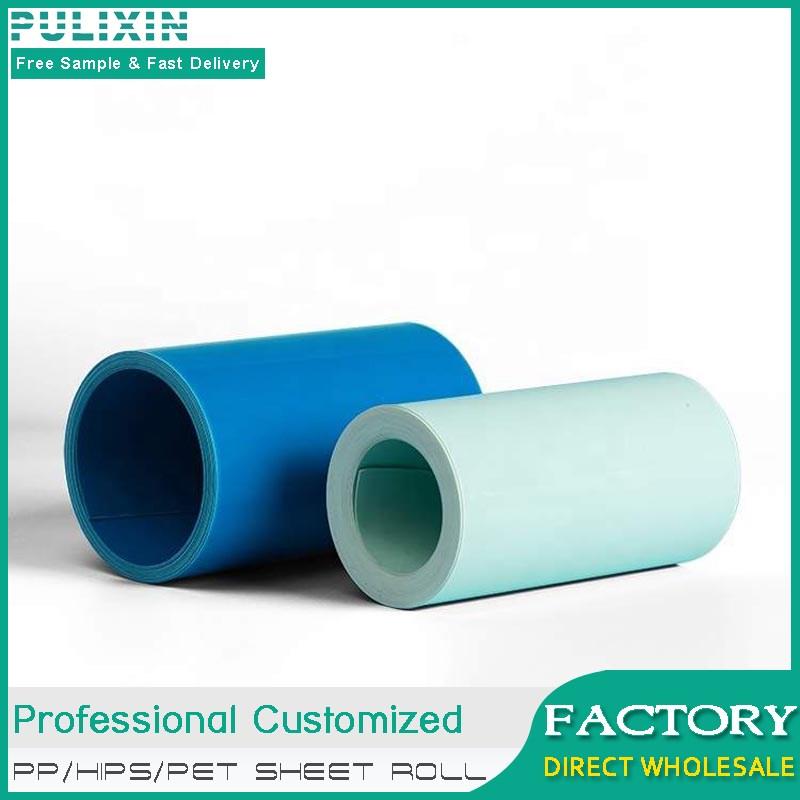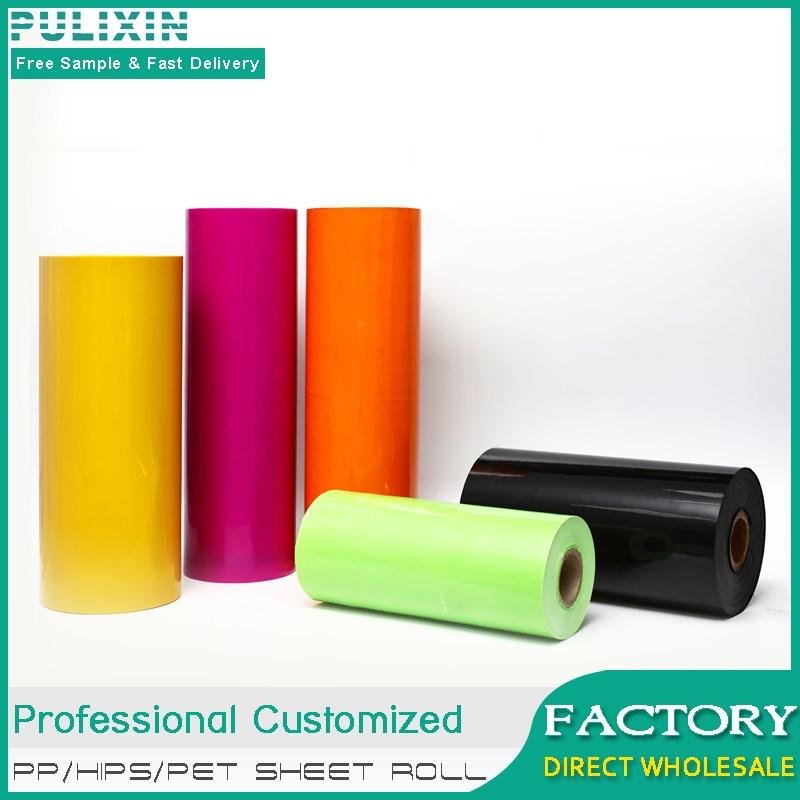What is HIPS Plastic?
HIPS Plastic Introduction
HIPS plastic is called impact-resistant polystyrene, which is an impact-resistant polystyrene product produced by adding polybutyl rubber particles to polystyrene.
HIPS plastic adds micron-sized rubber particles and connects polystyrene and rubber particles together through grafting. When hip plastic is impacted, the tip stress of crack expansion will be released by relatively soft rubber particles, so the crack expansion is hindered and the impact resistance is improved.
HIPS plastic is usually transparent and colorless, and can be colored as required when used.
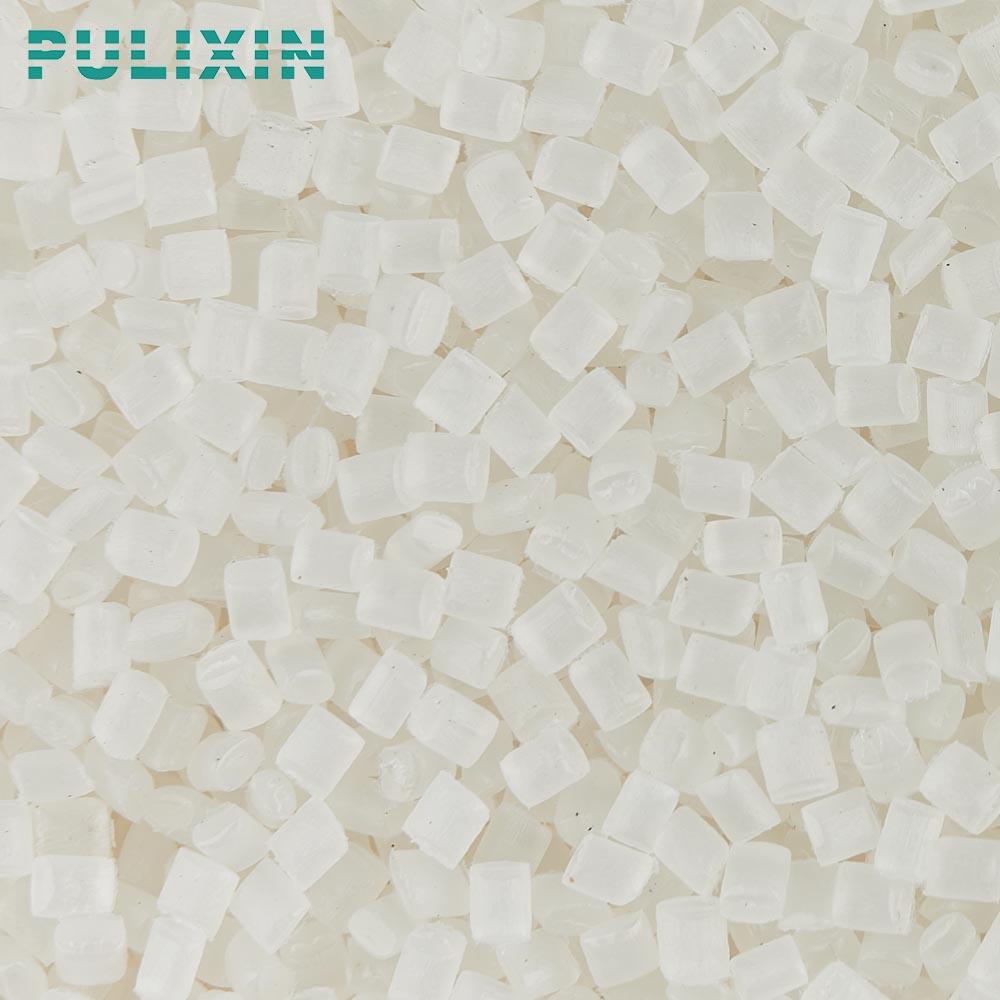
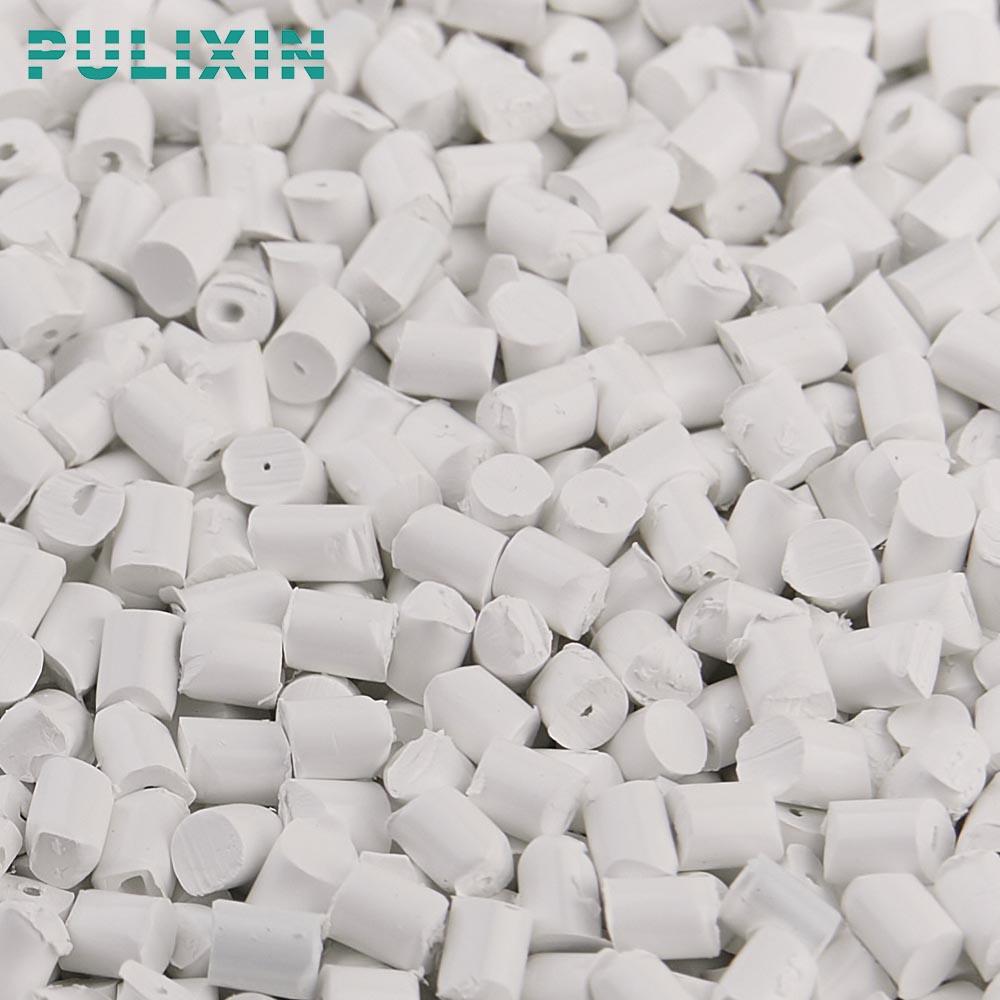
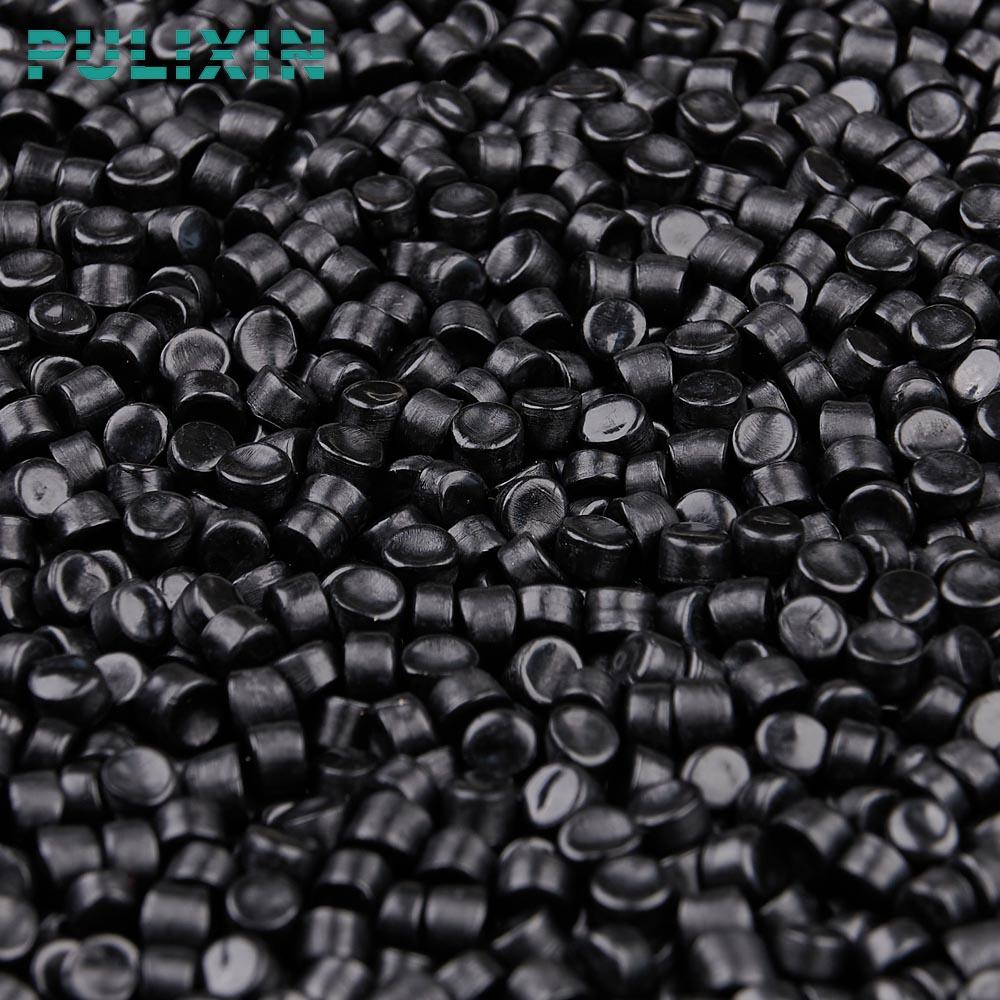
HIPS Plastic Features
1. Excellent mechanical properties: HIPS plastic has high strength, high toughness, fatigue resistance, corrosion resistance and other mechanical properties. It can be used in large household appliances, automobiles, sports equipment and other fields, and has important material advantages.
2. Excellent processing performance: HIPS plastic can be processed into complex shapes through blow molding, injection molding, extrusion and other methods, so it is widely used in the manufacture of consumer products.
3. Excellent molding performance: HIPS plastic can be molded by various methods, including hot press molding, thermal transfer molding, vacuum molding, etc., and can be used in stationery, toys, household daily necessities and other fields.
HIPS Plastic Advantages
1. Safety and environmental protection: HIPS has excellent durability, fire resistance and electrical insulation. It is regarded as a safe and environmentally friendly plastic and is widely used in medical, food and other fields.
2. Easy processing: Due to its excellent processing performance, manufacturers can easily transform HIPS materials into finished products of various shapes, providing more options to suit the needs of different fields.
3. High economic benefits: Compared with other materials, HIPS materials have lower costs, making it easier for manufacturers to achieve cost control.
HIPS Plastic Disadvantages
1. The rubber content in HIPS plastic is 15%, which interferes with its fluidity to a certain extent.
2. The cooling speed of HIPS plastic is very slow. In addition to sufficient pressure maintenance time and speed, the mold must also have excellent heat exchange function to reduce part shrinkage and shape change after mold release.
HIPS Plastic Processing
Molding process
Types and introduction of plastic molding of HIPS plastic raw materials:
1. Injection molding (injection molding).
2. Compression molding.
3. Extrusion molding.
4. Extrusion molding.
5. Blow molding.
6. Blister molding.
7. Casting.
8. Foam molding.
Injection molding process
Raw material drying – heating – material storage – plasticization – injection into mold – cooling – demoulding – finished products.
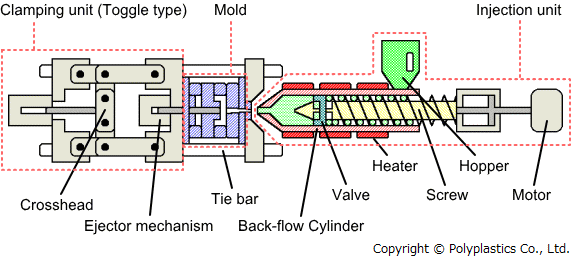
HIPS Plastic Product
We can provide you with HIPS plastic sheet rolls of different performance.
In the future, with the development of precision manufacturing and the popularization of environmental protection concepts, HIPS materials are expected to usher in wider applications. For example, waste items made of HIPS plastic can be recycled and added to the environmental protection industry to increase the reuse rate and reduce environmental pollution.
As a high-performance environmentally friendly plastic, HIPS has excellent mechanical properties, processing properties, and molding properties. It is widely used. It also has the advantages of safety, environmental protection, easy processing, and low cost. It is expected that in the future, HIPS materials will continue to be used in many fields to promote human environmental protection.
Relative News
- What kind of blister sheet can be used to make tr…
- Black conductive HIPS plastic sheet roll shipped …
- PULIXIN packaging materials unveiled at Chinaplas…
- PP blister sheet: an environmentally friendly, sa…
- PET blister sheet: transparent protection, fresh …
- PET plastic sheet rolls set sail to help upgrade …
- Key features of our HIPS plastic rolls
- The secret behind the yogurt box: revealing the s…
- Pulixin HIPS plastic roll sent to Vietnam
- Is it safe to use HIPS plastic rolls as food pack…

